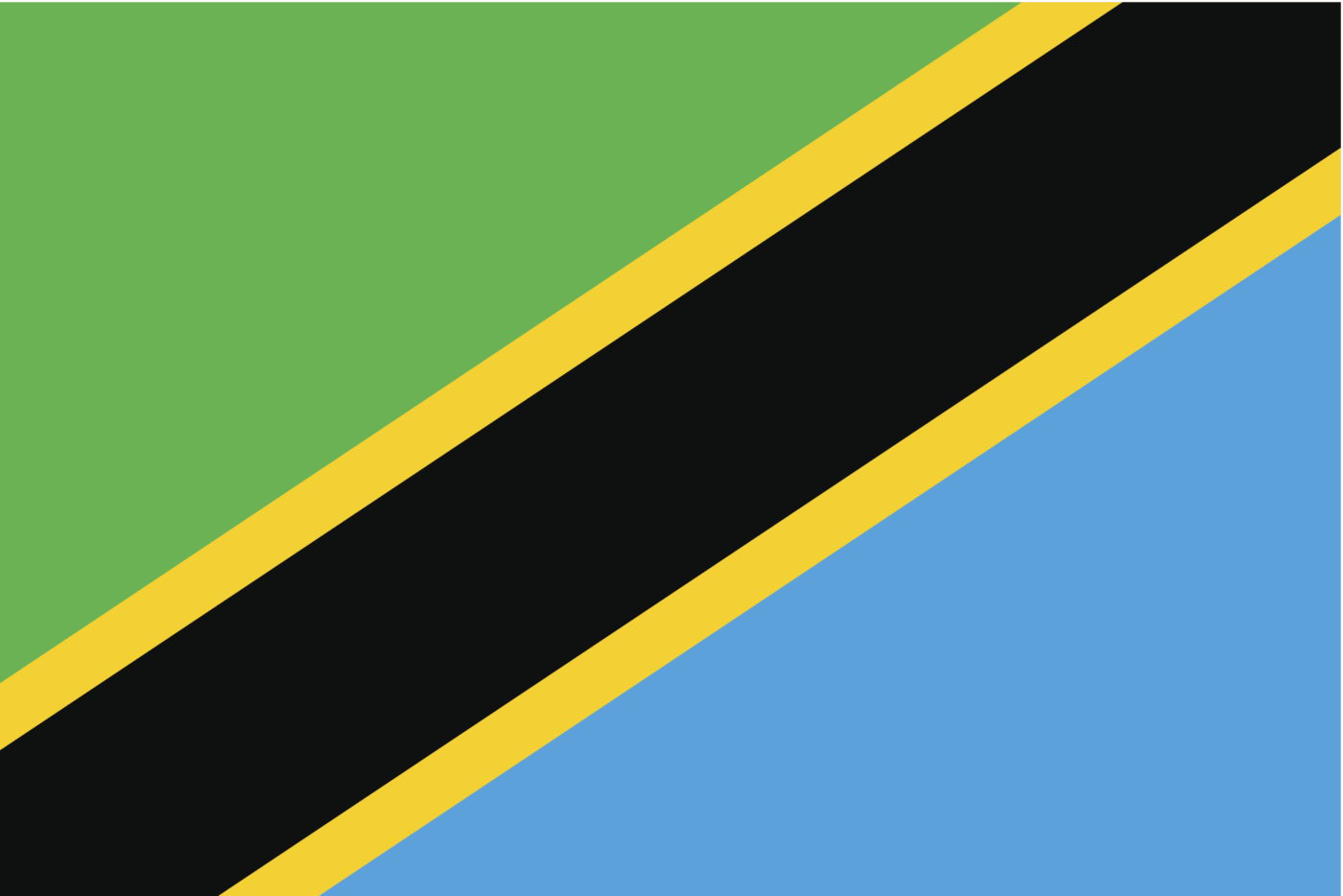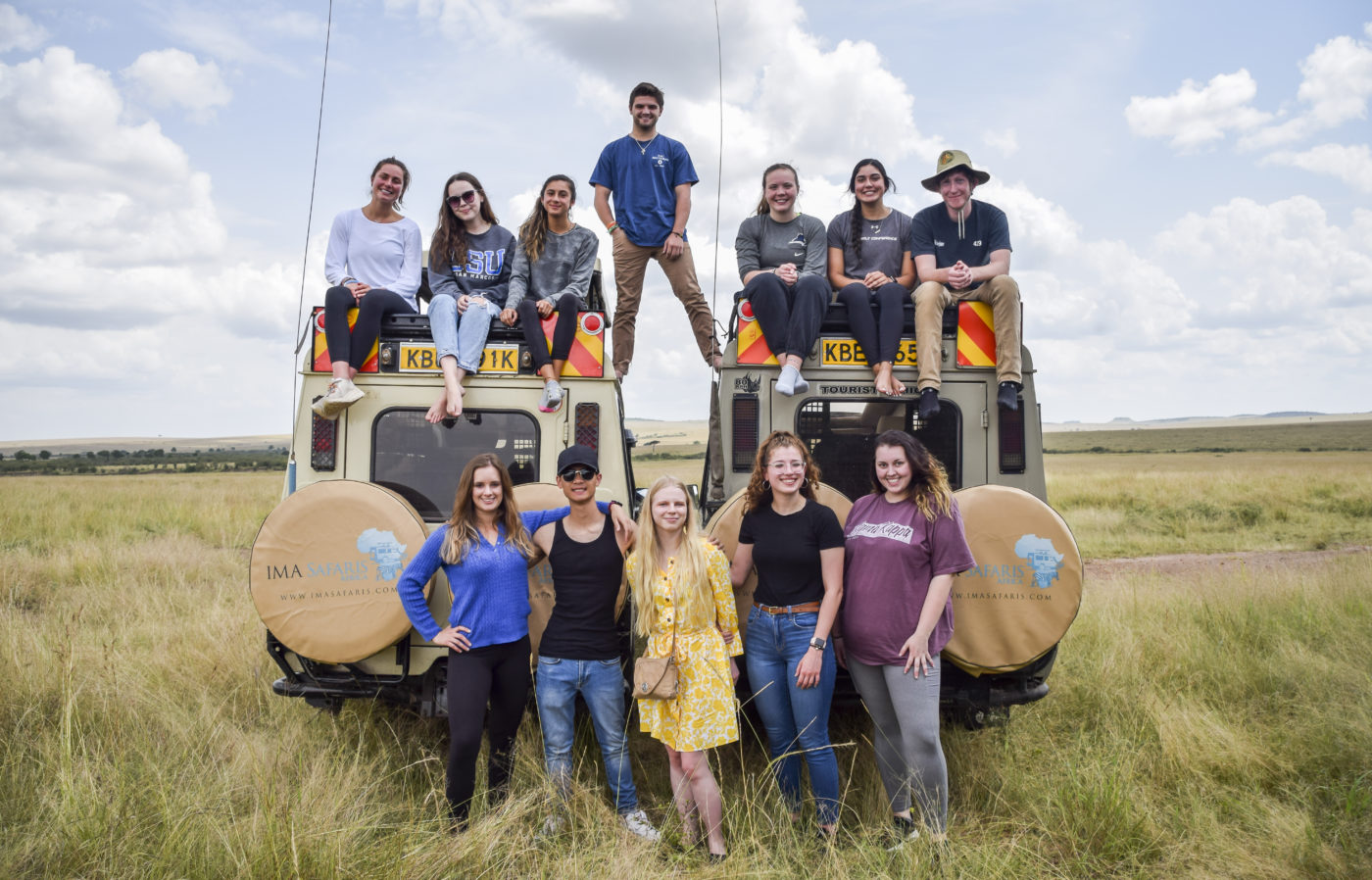Witch-doctors are a thing of the past. Actually, they’re not. Surprisingly, these healers number in the tens of thousands just in Tanzania alone. Their “skills” range from spiritual healing to herbology. Some of the stuff some witch doctors do borders on the dark and dangerous, but often, the people who visit these tribal healers do not mind the potential dangers when it saves them an expense.
To get a better understanding of why the African witch doctor still dominates and thrives in Tanzania and other parts of Africa, you have to understand the differences between what they do and what Western medicine does. It is not so extreme in differences as it is grasping the reasons behind it. Still, knowing these differences may help you determine where to take your own medical career.
Ancestral Practice
Consider this- the Cajuns of Louisiana have voodoo. Why does voodoo thrive? It exists predominantly in the African descendants of the region because this was their form of medicine and healing when their ancestors were brought to this country as slaves. The practice continues because people believe in it and because it connects them to the past and their culture.
Likewise, the witch doctors and what they do thrive because of their ancestral and cultural roots. Their ancestors learned how to use roots, berries, bark, herbs, and other natural sources of healing centuries ago. The typical African witch doctor tends to live on the outskirts of most villages, acting as a healer for the sick villagers. When the village is located too far from a big city where modern medicine dominates, the witch doctors are the first choice for these people.
The Helpful vs. the Dangerous
While there is definitely something to be said for the herbology and helpful natural healing arts, there is a dark side to some witch-doctor practices too. The sacrifice of animals, the removal of evil spirits by extinguishing a life for a life, and a few other not-so-nice ceremonies are practiced. Not every African witch doctor takes part in these darker ceremonies, of course, but it does reflect the more dangerous side of this type of “healing.”
Modern medicine also involves some dangers. For example, there is always some level of risk involved when a doctor wants to perform surgery or a PA prescribes a medication. There are risks, but the doctor or PA takes that risk to benefit the patient more than hurt the patient. That is not always the case with an African Witchdoctor.
Cost Is a Big Factor Too
Tanzanian villagers have very little money. They generally support themselves by growing food, gathering water, learning a trade to sell made goods, etc.. When a villager is ill, he or she visits the witch doctor or babu (“grandfather”) to be cured.
Visiting the witch doctor or babu is thousands of times cheaper than visiting a modern medical professional. The witch doctor/babu only requires something in trade, such as a couple of chickens for food or items to decorate himself or his abode. To a poor villager, this is a high price as it is, but one that is more easily acquired than millions or even billions of Tanzanian shillings!
People who reside in the largest cities of Tanzania are just starting to accept modern medicine too. Some may still visit a witch doctor before they will visit a medical doctor or PA. This is the biggest reason why so many doctors and PAs join “Doctors Without Borders” to help these people and encourage them to seek modern medical care over the maybe yes/maybe no practices of the local witch doctor. For those that live and work in the larger cities, modern medical care is becoming standard for those with jobs.
Traditional Healing in Modern Times
Witch doctors are far from relics of the past; they continue to play a crucial role in the healthcare landscape of many African communities. In Tanzania alone, estimates indicate that tens of thousands of traditional healers—often known as “babu”—serve rural areas where modern medical facilities are sparse.
These practitioners provide a range of services, from spiritual healing to herbal remedies, that are deeply interwoven with their communities’ cultural and historical fabric. Various studies have supported their ability to deliver indigenous medicine using natural healing techniques and remain an integral part of local healthcare, as the World Health Organization noted on traditional, complementary, and integrative medicine.
Deep Historical Roots
Traditional healing in Africa stretches back centuries, if not millennia, and is steeped in a rich cultural heritage. Archaeological research and historical records suggest that indigenous herbal medicine has been a cornerstone of African healthcare for over 2,000 years. The extensive knowledge of medicinal herbs, roots, and natural substances was passed down through generations by word of mouth and ritual.
This ancient wisdom is not just a historical curiosity; it remains a living practice that continues to evolve even as modern medicine gains ground. The enduring nature of these practices testifies to the deep trust and cultural significance that traditional healing holds within many communities. Research published in peer‑reviewed journals, such as articles on PubMed Central, confirms that traditional healers were essential to community health long before the advent of contemporary pharmaceutical drugs.
Geographical Prevalence and Cultural Influence
Traditional healers predominantly operate in rural regions, particularly in areas such as the Lake Victoria Basin and the Southern Highlands of Tanzania. In these regions, local populations often rely on witch‑doctors as their first point of contact when illness strikes, largely due to limited access to modern healthcare facilities. Their influence extends beyond Tanzania into neighboring countries like Kenya, Uganda, and South Africa, where similar practices have taken root over centuries.
This geographical distribution reflects historical settlement patterns and colonial‑era disruptions that left many rural regions with underdeveloped modern infrastructure. For many communities, visiting a witch‑doctor is more than a medical necessity; it is a culturally significant ritual that reinforces ancestral ties and preserves a shared cultural identity. The ceremonies and treatments, often involving herbal remedies and spiritual healing, provide a continuity that modern healthcare, with its clinical focus, sometimes fails to offer.
Economic Realities and Accessibility
Economic factors play a critical role in the persistence of traditional healing practices. Many villagers in rural Tanzania rely on subsistence farming or small‑scale trading, living on incomes that make the high costs of modern medical care prohibitive. Traditional healers’ financial accessibility is one of their greatest assets. For a modest exchange—often just a few chickens or other locally available goods—patients receive treatments that may provide life‑saving relief.
This affordability is essential for communities with limited financial resources, ensuring that indigenous medicine remains a viable option for many. In contrast, modern medical care frequently involves expensive diagnostic tests, pharmaceuticals, and surgical procedures. The significant cost gap not only guarantees the survival of traditional practices but also underscores the challenges modern healthcare systems face in reaching impoverished regions. Numerous studies, including those referenced by the World Health Organization, emphasize that traditional healers fill the critical void left by underfunded public health services in these communities.
The Dual Nature of Traditional Practices
There is undeniable value in the natural healing methods employed by traditional practitioners, yet it is also important to acknowledge the risks inherent in some of their practices. Certain ceremonies performed by witch doctors can be dangerous, sometimes involving animal sacrifice or methods intended to expel perceived evil spirits that carry significant physical risks.
While these practices are rooted in ancient traditions and cultural beliefs, they may conflict with the safety and efficacy standards that modern medical ethics demand. However, viewing these practices within their proper cultural context is essential. For many patients, the potential dangers are outweighed by the benefits of receiving affordable and accessible care, particularly when modern alternatives are either unavailable or prohibitively expensive.
Modern medicine is not without risks. Every surgical procedure or pharmaceutical treatment carries the possibility of complications. The key difference lies in the validation process—modern practices are based on rigorous scientific research. They are subject to strict regulatory oversight, whereas traditional methods are grounded in centuries‑old customs that have not been systematically scrutinized. This divergence highlights a fundamental tension between cultural tradition and scientific progress—a tension that continues to influence healthcare debates in Africa.
Bridging the Gap: A Global Perspective
Many of the medicines used in modern healthcare have their origins in traditional healing practices. Over the years, scientists have isolated and refined compounds from natural sources long utilized by indigenous practitioners. For example, the active components in drugs like aspirin can be traced back to substances derived from tree bark and herbs used in ancient remedies.
This overlap offers a unique opportunity for integration between traditional healing and modern medicine. Recent initiatives have begun to bridge the gap between these two worlds by researching traditional remedies and incorporating validated practices into modern treatment protocols. Such efforts not only honor the wisdom of traditional healers but also inspire innovative therapies that combine the strengths of both approaches.
Understanding the cultural and historical context of traditional healing practices is invaluable for individuals pursuing careers in modern medicine. This perspective emphasizes the importance of cultural competence, particularly for those working in global health settings. Programs that facilitate internships and exchanges in regions where traditional and modern practices intersect, like those provided by the International Medical Aid Foundation, offer future doctors and physician assistants a broader and more nuanced understanding of healing methods across different cultures.
Altogether, the enduring presence of witch doctors and traditional healers in Africa is not merely a vestige of the past but an evolving practice that continues to serve millions of people. By examining these traditions through historical, economic, and cultural lenses, we can better understand why indigenous medicine remains a vital part of the healthcare landscape in many parts of the world today.
Some of the Best Modern Medicines Come From Natural Healing
Before modern medicine created drugs for various healing purposes, medicines came from plants. Many of these same medicines are in use today, from mint for an upset stomach to aspirin extracted from the bark of trees. Likewise, any witch doctor who is a natural herbal healer is doing the same thing that modern medicine does: using natural herbs in pharmaceutically manufactured medicines to heal people.
That is where this similarity ends, however. As a doctor or PA of modern medicine, you would be more inclined to use pharmaceuticals because these medicines have been curated, purified, and made more effective once natural impurities have been removed. You can understand and learn about the sources of many medicines by studying them through your medical education at a qualified institution of higher learning, such as International Medical Aid Foundation.
This particular foundation trains and educates medical professionals for their lifelong careers as doctors and PAs and grants them internships that give them a more global perspective. Like the African witch doctor in Tanzania, you would learn more by spending time serving your internship in another country where modern medicine is just starting to gain a foothold. You can learn a lot from the healers already present in another culture and another country while completing a medical internship that would lead to your PA licensing or doctorate.
If you are interested in getting the most global experience you can out of your internship, contact International Medical Aid to ask about our internship programs, the application process, and what you can gain both personally and educationally from our organization.





